-
JoFranLu Oral history Transcription Services Style Guide

This style guide is our way of ensuring quality and explains what you as an oral historian should expect when it comes to transcript quality. Here’s a summary of the style guide we use at JoFranLu. Transcription Types Verbatim: This type of transcript includes filler words, stutters and repetition. As well as non-verbal cues. It…
-
How to Put together an Oral History Consent Form
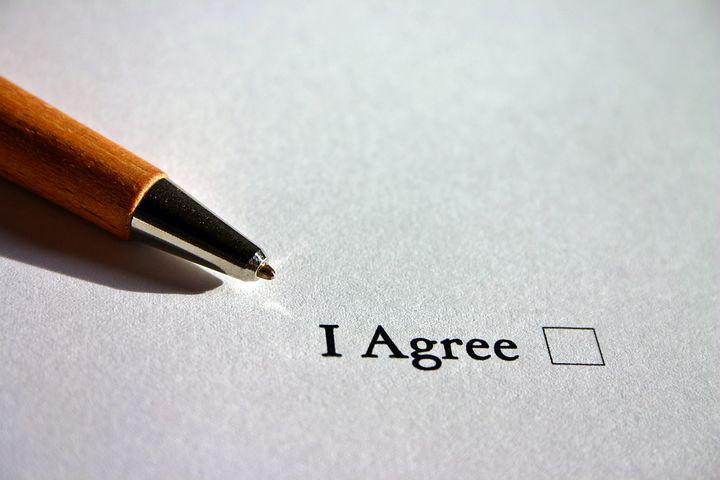
Before any oral history interview, an interviewer or in this case an oral historian has to get permission from the interviewee to recount their thoughts. This is because oral history operates within a context of informed consent which can be said to have been given if it is based upon a clear appreciation and understanding.…
-
How to Ensure Authenticity in Oral History through Citation

Oral history is a technique for generating and preserving original, historically interesting information, and to further its authenticity citing is necessary. Citing sources of information is important for oral historians. It helps to acknowledge the work of others, as well as to avoid academic dishonesty, or plagiarism. Now there are many formats that citing can…
-
Oral History VS Ethnography
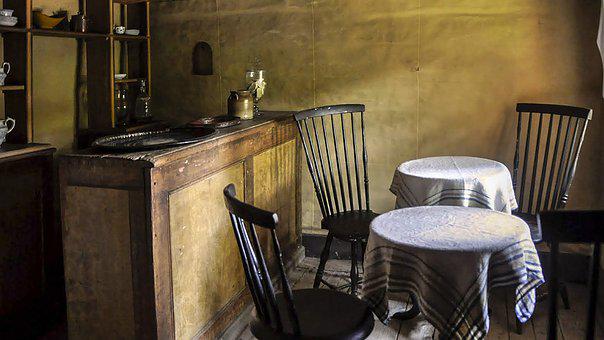
While some may find ethnography and oral history similar, they are indeed quite different. Oral history focuses on past histories told through recorded interviews between a narrator with personal experience of historically significant events and a well-informed interviewer, with the goal of adding to the historical record. Ethnography on the other hand, allows the informants…
-
Top 5 Tips on How to Conduct a Successful Oral History Interview
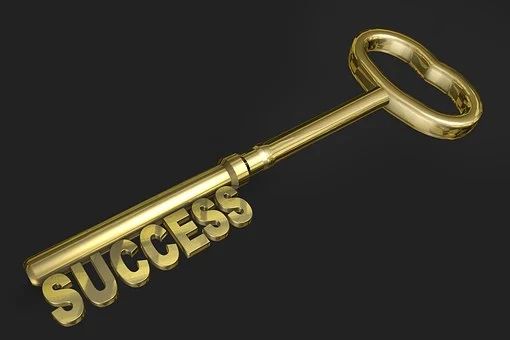
An interviewer’s main aim in an interview, I would assume, is to get the most out of the process of interviewing the interviewee. To do this, there are a couple of guidelines that have to be followed or rather an order towards the completion of the interview process. In this blog, we’re going to be…
-
Top Three Helpful Softwares for Oral Historians
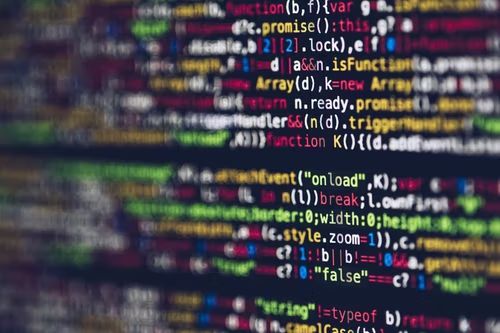
In our blog transcription equipment we looked at the most essential transcription equipment both hardware and software. We looked at the different software that would be necessary to help you in your transcription work. In this blog, we’re going to take it a step further and have a look at specific software’s that I believe are…
-
Top four Tips to Consider When Choosing Ergonomic Office Chairs
Your home office workspace doesn’t need a lot of room. Just an unused wall space with a desk up on it and a few shelves here and there, and a comfortable chair and you are half way there. No matter if you’ve just moved into a new office or are setting up an office in your…
-
Skills Learned As A Transcriber That Can be Transferred Into The Real World

Being a transcriber requires accuracy, speed and efficiency but we rarely talk about what transcription gives you back in return as a transcriber. Being a transcriber doesn’t only give you the power to spot every spelling mistake within a four-mile radius but also a host of other really useful transferrable skills that will benefit you…
-
Oral History Transcription: an Introduction
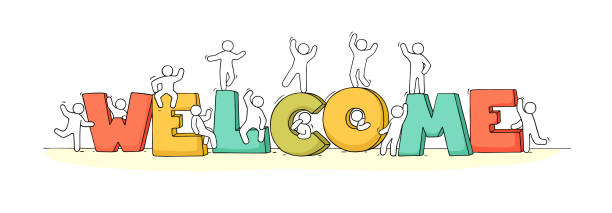
Welcome to this six-part series where we’re going to look at areas that enable oral history transcription to run smoothly. There is a lot that goes into oral history transcription for both the transcriber and researcher so in each series we will try and cover what are the dos and don’ts and requirements and much…
-
Reviewing Transcripts
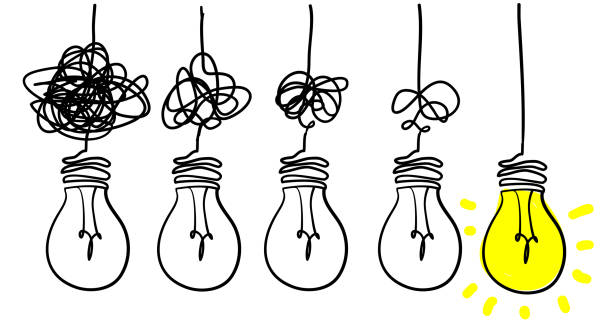
Reviewing of transcripts is one of the six-part series to the oral history transcription and introduction that we shall look at in this blog. Now, if you have manually transcribed your files, or if you have a used a transcription company or a software, you now have the transcripts, so then you need to review…